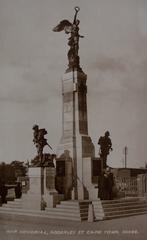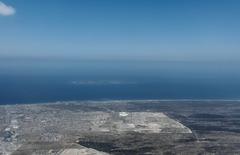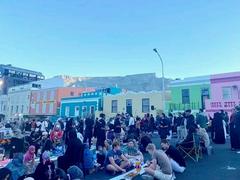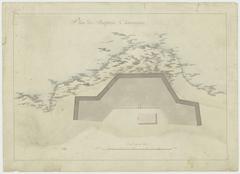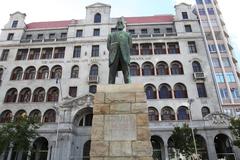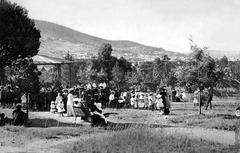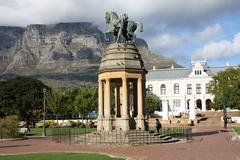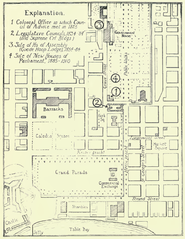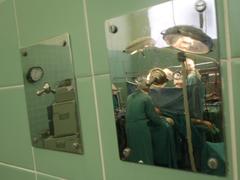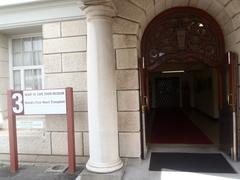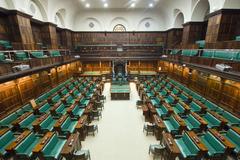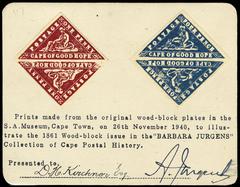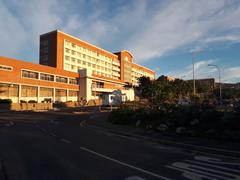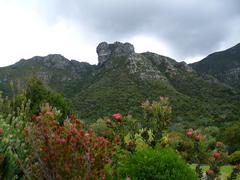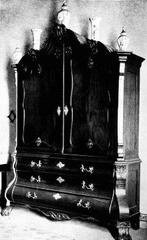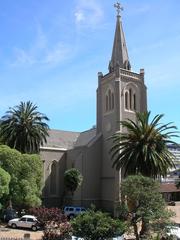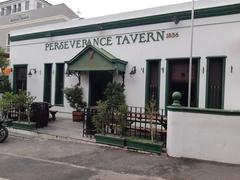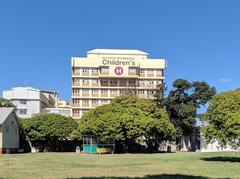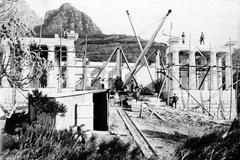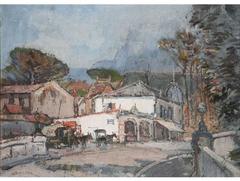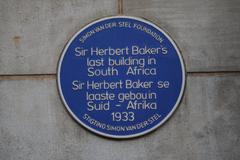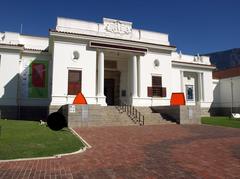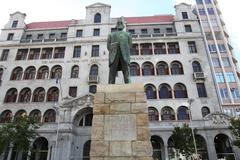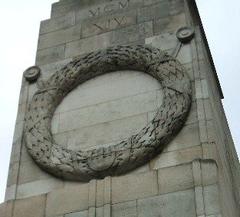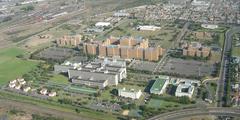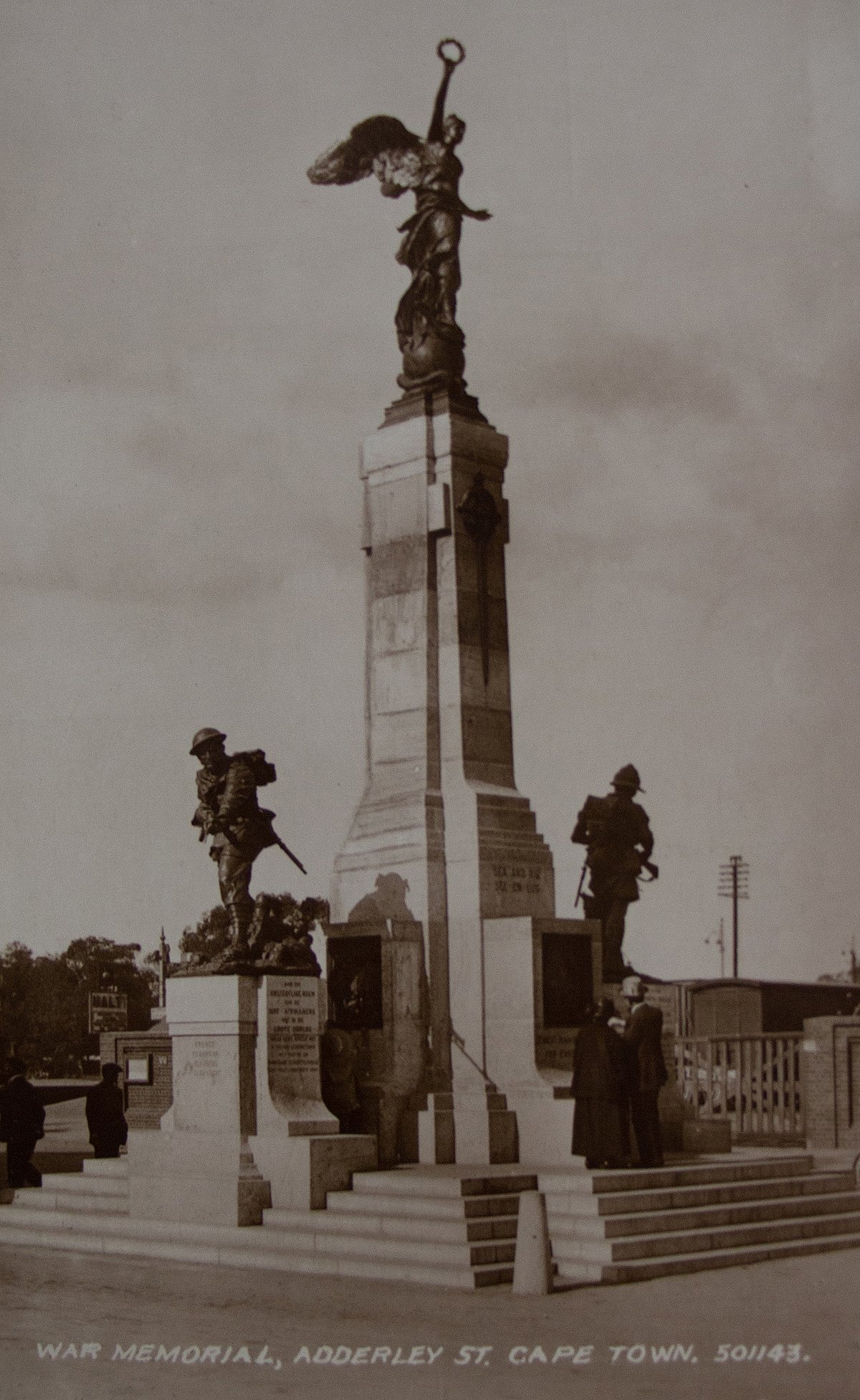
The Cenotaph Cape Town: Visiting Hours, Tickets, and Historical Significance
Date: 14/06/2025
Introduction
The Cenotaph in Cape Town stands as a powerful symbol of remembrance, unity, and peace in the heart of the city’s Central Business District. Originally unveiled in 1924 by the then Governor-General, Alexander Cambridge, 1st Earl of Athlone, this war memorial commemorates South African soldiers who lost their lives in World War I, World War II, and the Korean War (Wikipedia). Its enduring presence, artistic design, and central location have made it a focal point for civic identity and annual Remembrance Day ceremonies, drawing together citizens, veterans, and visitors in collective reflection (Cape Town CCID).
This comprehensive guide explores The Cenotaph’s historical background, architectural features, cultural importance, practical visitor information, and its ongoing role in Cape Town’s heritage network. Whether you are a history enthusiast or a first-time visitor, you will find all you need to plan a meaningful visit to this revered landmark.
Historical Background
Origins and Purpose
The Cenotaph was conceived as a tribute to over 7,000 South African soldiers who died in World War I, out of 250,000 that enlisted (EWN). Unveiled on 3 August 1924, the memorial’s purpose soon expanded to honor those lost in World War II and the Korean War, symbolizing ongoing national sacrifice and the pursuit of peace (Cape Town CCID).
Design and Symbolism
English sculptor Vernon March designed the Cenotaph, featuring an 8-meter sandstone column topped by the Winged Victory figure, modeled after the iconic Winged Victory of Samothrace. Bronze plaques at the base depict wartime scenes and include inscriptions in both English and Afrikaans, while the flanking bronze soldiers represent different WWI theaters. The monument faces Table Mountain, signifying triumph over adversity and the global context of the conflicts (Everything Explained).
Relocations and Urban Development
To accommodate urban development, the Cenotaph has been moved twice: first by 8 meters in 1959, and then by 300 meters in 2013, now residing on Heerengracht Street due to the MyCiTi bus expansion. Heritage Western Cape has overseen these relocations to preserve the monument’s integrity (Cape Town CCID).
Location and Setting
The Cenotaph is now positioned on Heerengracht Street in the Foreshore district, a major arterial road in Cape Town’s city center. Its open, public setting ensures easy year-round accessibility. The monument is within walking distance of other key attractions such as the Castle of Good Hope and Adderley Street, making it an ideal part of any heritage walk (Trek Zone).
Architectural Design and Features
Constructed primarily from granite for durability, the Cenotaph’s rectilinear form, minimal ornamentation, and soaring verticality evoke solemnity and contemplation. Artistic features include reliefs, laurel wreaths—a universal symbol of honor—and bilingual inscriptions. The monument’s open plaza supports large gatherings for commemorations and ceremonies, reinforcing its civic role.
Heritage Status and Conservation
The Cenotaph is a protected heritage site under the administration of Heritage Western Cape (Heritage Western Cape). Conservation efforts prioritize the preservation of materials, inscriptions, and public accessibility, ensuring the monument’s dignity for future generations.
Practical Information for Visitors
Visiting Hours
- Open 24/7 as an outdoor monument, but visits are best during daylight (typically 7:00/8:00 AM – 6:00 PM) for safety and optimal visibility (Travellers Worldwide).
Tickets and Entry Fees
- Free entry. No tickets are required; the Cenotaph is accessible to all.
Accessibility
- Wheelchair-friendly, with paved paths and flat surfaces around the monument.
- Public transport: MyCiTi bus routes and taxis serve the area; Cape Town’s main train station is nearby.
- Parking: Paid parking and street parking available in the vicinity (The Cape Town Blog).
Facilities and Amenities
- No dedicated restrooms on site, but nearby cafes, restaurants, and shopping centers (such as Golden Acre Mall) offer facilities.
- Refreshments: Numerous eateries and shops are close by.
Safety
- Daytime visits are safest, with higher foot traffic and security. Remain vigilant for petty crime, especially in crowded areas or during events.
- After dark, the area is quieter—visit in groups and use reputable transport when necessary.
Guided Tours and Interpretation
- The Cenotaph features in many walking heritage tours of Cape Town’s CBD.
- Informational plaques on site provide historical context.
- For a deeper experience, consider a guided tour that includes other landmarks like the Castle of Good Hope or City Hall (The Cape Town Blog).
Events and Ceremonies
The Cenotaph is the focal point for annual Remembrance Day ceremonies on the Sunday closest to 11 November, featuring wreath-laying, the Last Post, and moments of silence (SA Legion). These gatherings unite veterans, officials, and the public in shared commemoration.
Visitor Etiquette
- Maintain respectful behavior, especially during ceremonies.
- Avoid climbing on the monument or leaving litter.
- Photography is permitted, but commercial shoots may require a permit.
Travel Tips
- Best time to visit: Early morning or late afternoon for the best lighting and fewer crowds.
- Weather: Cape Town’s weather can be changeable—pack rain gear in winter (Weather25).
- Currency: South African rand (ZAR); cards widely accepted.
- Connectivity: Free public WiFi is limited—consider a local SIM card.
- Load Shedding: Check schedules for potential power outages affecting the area.
Nearby Historical Sites
Combine your visit to the Cenotaph with other prominent attractions:
- Castle of Good Hope: The city’s oldest colonial building.
- City Hall: Historic for Nelson Mandela’s first speech post-release.
- Grand Parade: Cape Town’s main public square.
- District Six Museum: Chronicling the apartheid-era forced removals.
These sites are all within walking distance and offer a comprehensive view of Cape Town’s heritage (Travellers Worldwide).
The Cenotaph’s Role in Cape Town’s Collective Memory
The Cenotaph is more than a war memorial—it is a civic space for remembrance, reconciliation, and unity. Annual events foster intergenerational dialogue, and the monument’s inclusivity reflects Cape Town’s diverse heritage. Educational groups, families, and individuals all find meaning here, whether tracing ancestry or engaging in civic rituals (Evendo).
Ongoing community engagement, social dialogue, and adaptive heritage management ensure the Cenotaph remains relevant, inclusive, and a touchstone for Cape Town’s evolving identity (Briefly).
Frequently Asked Questions (FAQ)
Q: What are the Cenotaph’s visiting hours?
A: Open 24/7, but best visited during daylight hours (7:00/8:00 AM – 6:00 PM).
Q: Is there an entry fee?
A: No, visiting is free of charge.
Q: Is the monument accessible for people with disabilities?
A: Yes, it is wheelchair-friendly with paved paths.
Q: Are guided tours available?
A: Many city walking tours include the Cenotaph; check with local operators.
Q: When is Remembrance Day?
A: The closest Sunday to 11 November each year.
Q: What other attractions are nearby?
A: Castle of Good Hope, City Hall, Grand Parade, and District Six Museum.
Visuals and Media
Alt text: Cenotaph Cape Town memorial monument surrounded by gardens and visitors
Explore additional images, virtual tours, and interactive maps on travel and heritage websites to enhance your visit.
Conclusion
The Cenotaph in Cape Town is a must-visit site for anyone seeking to engage with South Africa’s military history, civic identity, and enduring values of peace and unity. Its central location, free access, and proximity to major historical sites make it both convenient and meaningful. For a deeper experience, time your visit to coincide with Remembrance Day or join a guided heritage tour.
Plan your visit, pay tribute, and immerse yourself in Cape Town’s living history. For updates, guided tours, and travel tips, download the Audiala mobile app and follow local heritage organizations.
